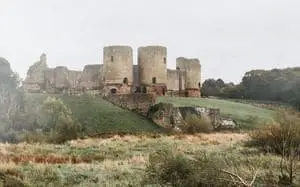Your basket is currently empty!
Llywelyn ap Gruffudd
-

The Statute of Rhuddlan: The Legal Union of Wales and England
The Statute of Rhuddlan, implemented in 1284, was a pivotal development that paved the way for…
-

Llywelyn ap Gruffudd
Llywelyn ap Gruffudd was the last major ruler representing an independent Wales before the country’s conquest…





